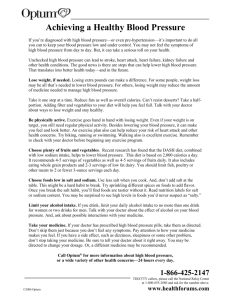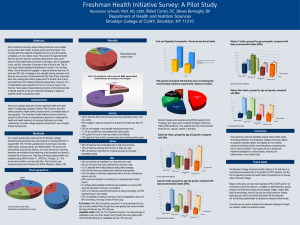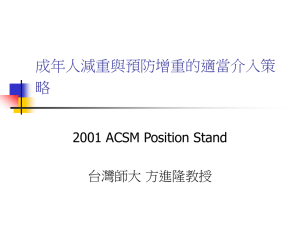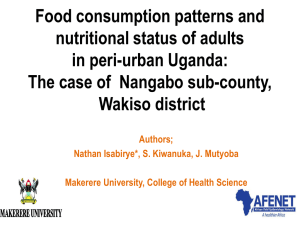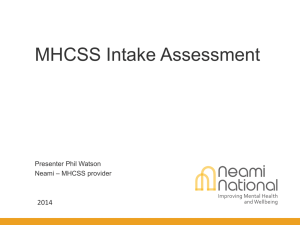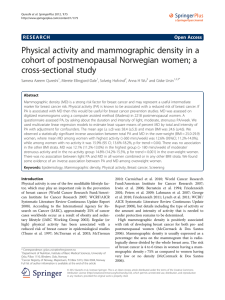Alcohol, Mammographic Density, and Breast Cancer Risk
advertisement
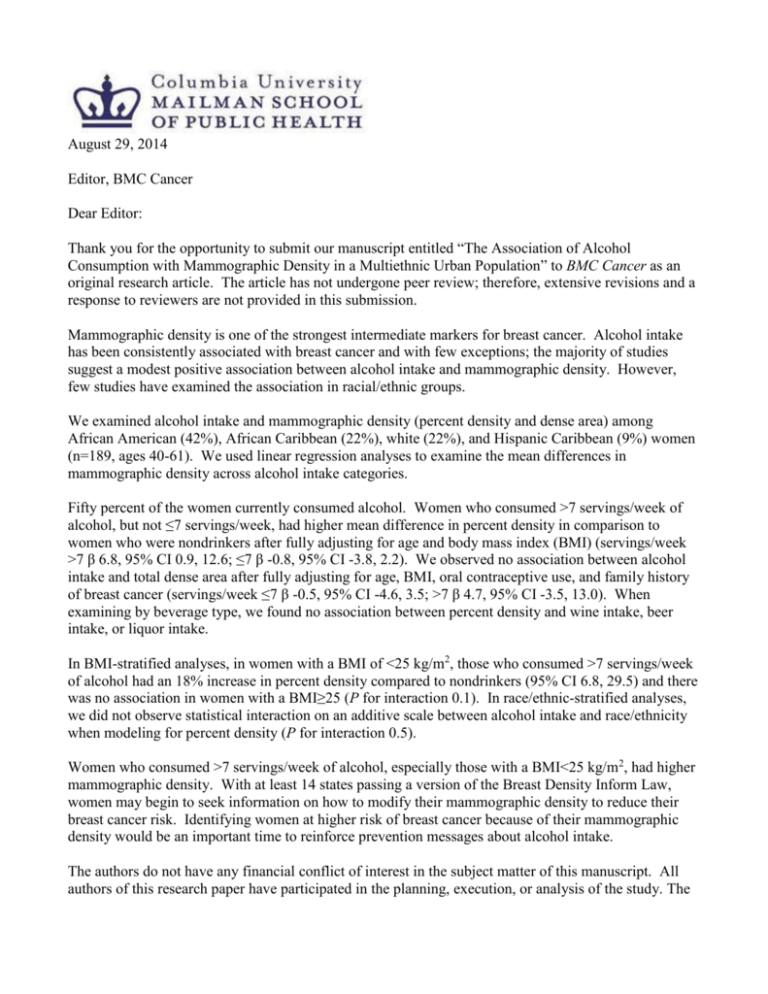
August 29, 2014 Editor, BMC Cancer Dear Editor: Thank you for the opportunity to submit our manuscript entitled “The Association of Alcohol Consumption with Mammographic Density in a Multiethnic Urban Population” to BMC Cancer as an original research article. The article has not undergone peer review; therefore, extensive revisions and a response to reviewers are not provided in this submission. Mammographic density is one of the strongest intermediate markers for breast cancer. Alcohol intake has been consistently associated with breast cancer and with few exceptions; the majority of studies suggest a modest positive association between alcohol intake and mammographic density. However, few studies have examined the association in racial/ethnic groups. We examined alcohol intake and mammographic density (percent density and dense area) among African American (42%), African Caribbean (22%), white (22%), and Hispanic Caribbean (9%) women (n=189, ages 40-61). We used linear regression analyses to examine the mean differences in mammographic density across alcohol intake categories. Fifty percent of the women currently consumed alcohol. Women who consumed >7 servings/week of alcohol, but not ≤7 servings/week, had higher mean difference in percent density in comparison to women who were nondrinkers after fully adjusting for age and body mass index (BMI) (servings/week >7 β 6.8, 95% CI 0.9, 12.6; ≤7 β -0.8, 95% CI -3.8, 2.2). We observed no association between alcohol intake and total dense area after fully adjusting for age, BMI, oral contraceptive use, and family history of breast cancer (servings/week ≤7 β -0.5, 95% CI -4.6, 3.5; >7 β 4.7, 95% CI -3.5, 13.0). When examining by beverage type, we found no association between percent density and wine intake, beer intake, or liquor intake. In BMI-stratified analyses, in women with a BMI of <25 kg/m2, those who consumed >7 servings/week of alcohol had an 18% increase in percent density compared to nondrinkers (95% CI 6.8, 29.5) and there was no association in women with a BMI≥25 (P for interaction 0.1). In race/ethnic-stratified analyses, we did not observe statistical interaction on an additive scale between alcohol intake and race/ethnicity when modeling for percent density (P for interaction 0.5). Women who consumed >7 servings/week of alcohol, especially those with a BMI<25 kg/m2, had higher mammographic density. With at least 14 states passing a version of the Breast Density Inform Law, women may begin to seek information on how to modify their mammographic density to reduce their breast cancer risk. Identifying women at higher risk of breast cancer because of their mammographic density would be an important time to reinforce prevention messages about alcohol intake. The authors do not have any financial conflict of interest in the subject matter of this manuscript. All authors of this research paper have participated in the planning, execution, or analysis of the study. The contents of this manuscript have not been copyrighted or published previously, and are not under consideration for publication elsewhere. Sincerely, Jasmine A. McDonald Jasmine A. McDonald, PhD Associate Research Scientist Columbia University Mailman School of Public Health 722 West 168th Street, New York, NY 10032 Tel: 212-305-9114; Fax: 212-305-9413 Email: jam2319@columbia.edu

